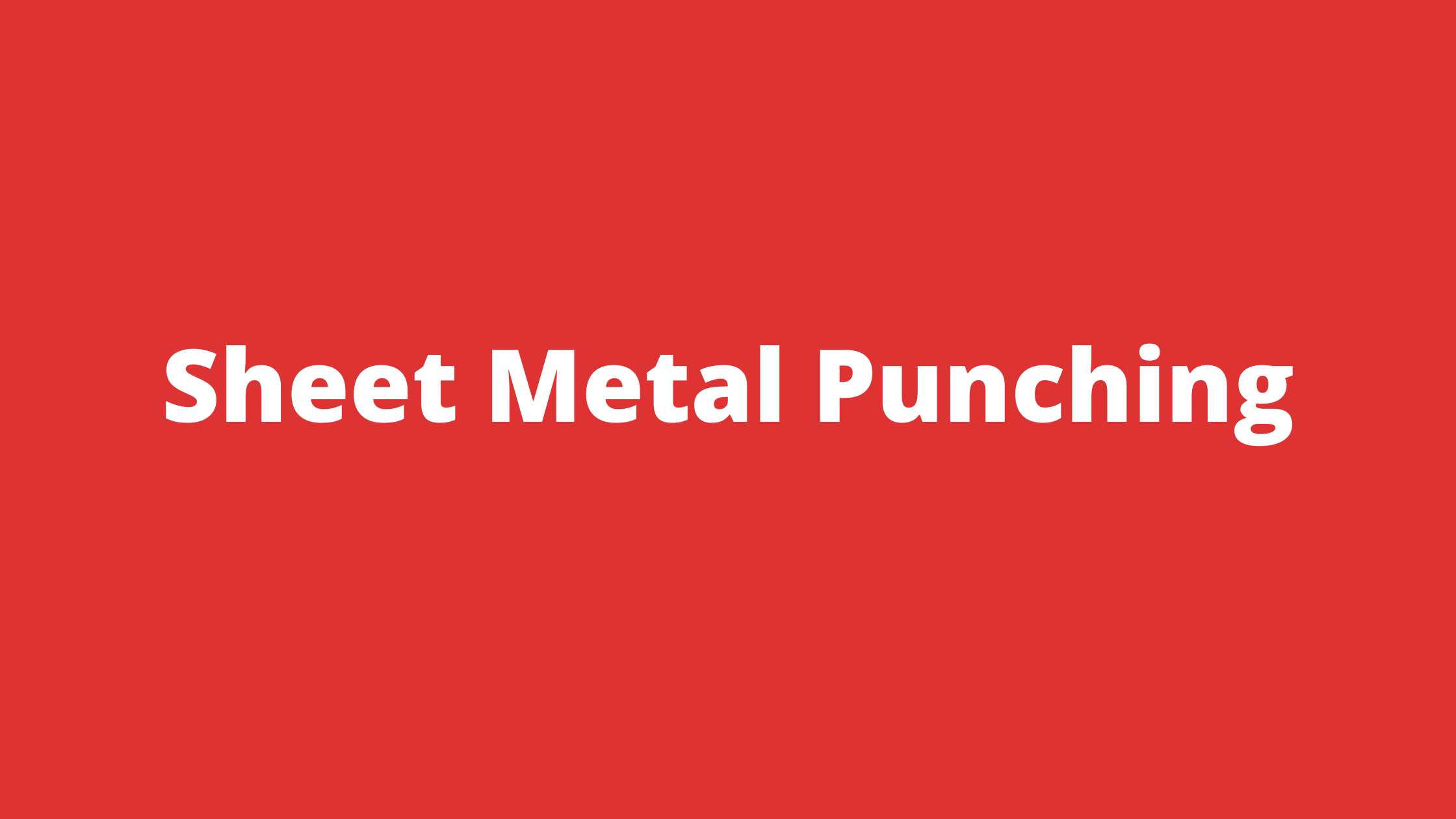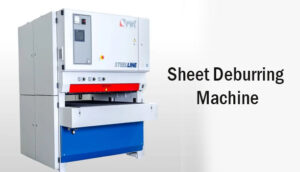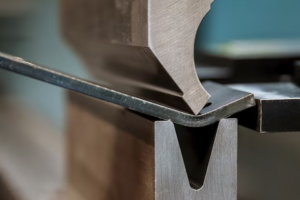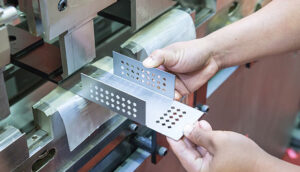Sheet metal punching is a cutting process that involves applying sufficient shearing force to a sheet of metal to remove material. CNC punching can be used to produce a variety of holes and cut out shapes and sizes.
The die has a cutout in the form of the desired function and is placed underneath the sheet.
Punches move through the sheet metal, while dies on the other side of the metal piece act as a support, ensuring that the metal does not crack and that punches create precise and error-free holes.
When a punch hits the punching die, a scrap slug is removed from the metal workpiece. The metal workpiece is pierced with a hole result of this operation.
Characteristics of the Punching Process Include:
- Its ability to create cost-effective holes in strip and sheet metal during medium and high-volume manufacturing processes.
- The ability to easily create holes in various shapes.
- The punching method involves forcing a hardened steel punch into and through a workpiece. The size of the hole formed in the workpiece is determined by the punch diameter.
What Steel are Punches Made From?
Hardened steel or tungsten carbide are often used for punch tooling (punch and die).
A die is located on the opposite side of the workpiece and helps to localise the shearing forces for a smoother edge by supporting the material across the perimeter of the hole.
Sheet Metal Punching Process
Annealing is a process that involves slowly heating and cooling a metal, making it soft and ductile. On the other hand, quenching refers to the rapid cooling of metal in order to improve its strength.
Tempering involves heating the metal to extremely high temperatures, between 400 and 600 degrees Celsius, and keeping it there until the carbon diffuses and produces bainite or pearlite.
Another method of increasing the metal’s strength is precipitation strengthening, also known as age hardening. Tempering a substance may also make it strength.
The metal can be stretched into different shapes after it has been heated. Sheet metal is clamped around the edges and extended to create a various form, including car doors, during stretching.
Bending and curving sheet metal are possible. Bending is the process of stretching sheet metal by rotating it around a neutral axis.
Sheet metal may be formed using a variety of methods other than bending and stretching. For example, drawing and deep drawing are stamping processes that transform flat sheet metal into a variety of three-dimensional shapes.
Cutting the sheet’s dimensions, can also be used to cut metal into various shapes. Punches, on the other hand, perforate the sheet and carve precise shapes from the metal.
To remove any rough patches or edges, the product can be sanded or deburred. The metal can then be polished for a gleaming appearance or buffed for a matte appearance.
Additional measures, such as thermal spraying or plating, may be used to finish the product.
Sheet Metal Punching Tools
Cluster tools can be used to save money on sheet metal work by reducing CNC punching time for several holes. The tool can contain a large number of individual punches, allowing for the punching of thousands of holes per minute.
When perforated features like ventilation areas, speaker grilles, LED panels, or light fittings are being made, these CNC tools can be especially useful.
Part names, problem levels, consumer or product names may all be used to distinguish sections with engraving equipment.
When fabricating sheet metal fabrications for a customer, it’s common for them to want to be able to locate the part in their warehouse or in production. CNC engraving can be a useful solution for identifying sheet metal pieces that are then used in the field for spares and servicing.
A dedicated CNC tool stamp can be used if a large volume of parts is needed, but if there are a variety of different sheet metal parts and only small to medium volumes are required, CNC engraving on our Trumpf 3000R is the most effective solution.
To mark the material’s surface, we use a stylus that vibrates 1000s of times per minute. Any adjustments to the details required by the customer in their part number; issue level, etc.
Will simply be reprogrammed at no cost to you when using a CNC punch press to do this engraving.
Sheet Metal Punching Common Defects:
Uneven surface appearance: The unqualified stamping die is mainly to blame for the uneven surface.
Surface scratch: During the raw material inventory, manufacturing, and shipping processes, the sheet metal forming pieces can collide with the surrounding objects.
Deformation: There are two reasons behind this defect. One is improper handling, the other is the elasticity of the sheet metal forming material.
Cracking: The main cause of cracking is excessive stretch or stress concentration.
Dislocation: The welding positions are misaligned, which is the cause of dislocation.
Blocked screw holes: Screw holes are blocked due to welding dislocation.
How Long can You use Your Dies?
Punching instruments usually have a medium tool life of 400000 to 600000 strokes. There are, however, a number of tips that can help you extend the life of your mould; for example, you can be more precise with lubrication and cleaning by using compressed air and clean rags to remove dirt.
Check the cutting edge of the punch and die on a regular basis, and sharpen if necessary. Furthermore, in the sheet metal punching process, it is critical to use the correct materials and energy strength.




